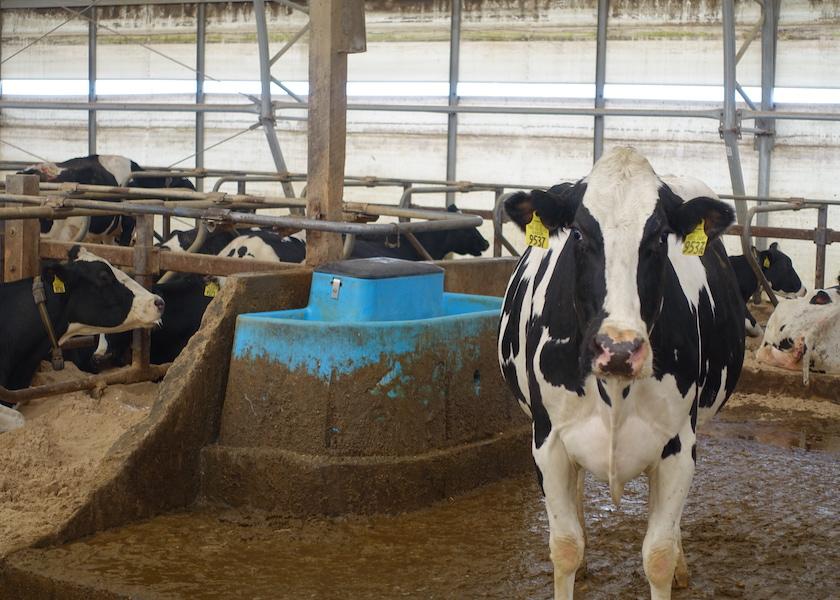Cows Will Tell You What is Wrong with a Facility Design

The completion of a new facility or renovation is always an exciting time. We have watched everything come together for months, and now the time has come to move the cows in! As we transition the cows into a new facility, take time to watch the cows' usage of the facility. Cow behavior in the facility will indicate what may need to be adjusted.
Improper stall use
Not using the stall correctly can tell us a lot about the stall design. Stalls should be built to fit the largest cows on the farm. When lying in the stall, cows should be able to exhibit any combination of the four normal resting positions: long (head in front), short (head rested on their side), narrow (rear legs close to the body), and wide (cow on her side with rear legs extended). Cows may leave every other stall open if they cannot rest in their normal positions when stalls are too small.
In a standing position, a cow should be able to stand with all four legs in the stall. Perching (cows standing with two back legs out of the stall) indicates the neck rail is not positioned correctly. The neck rail is either too far back or not high enough.
Unused space in the pen or bunching
Large areas of unused pen space can indicate poor heat abatement in those areas. Barns should have an east-west orientation to avoid long periods of direct sunlight. If barns are north-south facing using shade cloths will help cool outside stalls or resting areas. Other areas of unused space may be due to poor airflow or air exchange. Air circulation can be measured in air change per hour. Air changes in an adequately ventilated barn should be between 60 and 90 per hour.
Drop in dry matter intake or milk production
A decrease in DMI or milk yield can be due to several reasons. One of them being the pen sizes and densities. Pen sizes should be no larger than the biggest milking group. The goal of this group size is to spend no longer than 4 hours away from feed and water. Therefore, for a herd milking twice daily, milking the largest pen should take no longer than two hours. Stocking density will impact competition within the group, affecting dry matter and water intake. Try to keep feedbunk and water stocking densities below 120%.







